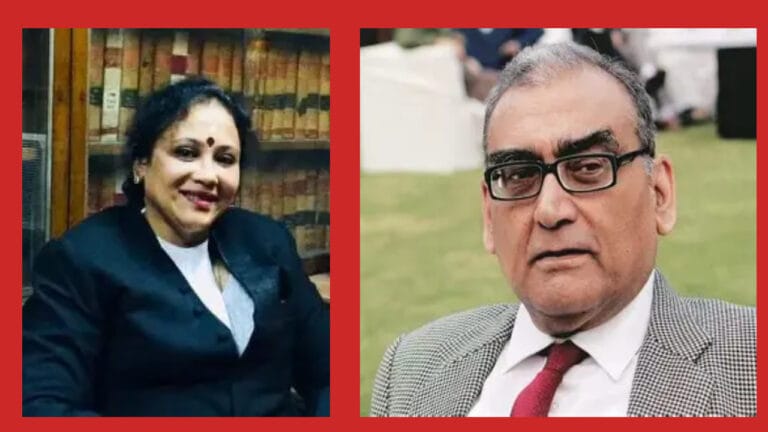
Section 27
The Bare Text of Section 27
Section 27, Indian Evidence Act:
“Provided that, when any fact is deposed to as discovered in consequence of information received from a person accused of any offence, in the custody of a police officer, so much of such information, whether it amounts to a confession or not, as relates distinctly to the fact thereby discovered, may be proved.”
Understanding the Object of Section 27
The Supreme Court in State of UP v. Deoman Upadhyay observed that the primary rationale behind Section 27 is that the discovery of a fact assures the truth of the statement made by the accused. This section strikes a balance between the evidentiary value of a confession and the safeguards against its misuse.
Conditions for Application of Section 27
The Supreme Court in Raja Perumal v. State (2023) reiterated the essential conditions for the applicability of Section 27, relying on the landmark judgment in Md. Inayatullah v. State of Maharashtra. The conditions are:
1.Discovery of a Fact:
The discovery must be relevant and a direct result of information provided by the accused.
2. Deposition of the Discovery:
The discovery must be deposed to, i.e., brought to light due to the information provided. Facts already known to the police do not qualify.
3. Accused in Police Custody:
The accused must be under police custody at the time of providing the information. Custody here is interpreted broadly to include any form of restraint or surveillance, not just formal arrest.
4. Admissible Portion of Information:
Only the portion of the statement directly related to the discovered fact is admissible; the rest must be excluded.
Detailed Analysis of the Conditions
1. Discovery of a Fact
The fact discovered need not be a material object. In Chandraswami v. State of Gujarat, the Supreme Court clarified that the discovery should reveal knowledge exclusive to the accused.
Manjunath v. Karnataka: Objects found in public places are insufficient to establish guilt.
Md. Inayatullah v. State of Maharashtra: Discovery from concealed locations is critical for admissibility.
2. Deposition of Discovery
For the information to be admissible, the discovery must be a direct consequence of the accused’s statement. Facts already known to the authorities are inadmissible. The rationale is to establish the accused’s unique knowledge of the location or fact.
3. Custody of the Accused
The term “custody” in Section 27 includes both formal and informal restraint.
Dharam Deo Yadav v. State of UP: Custody extends to any form of police surveillance or restriction.
Raja Perumal v. State: A pragmatic interpretation ensures that procedural technicalities do not undermine the provision’s objectives.
4. Recording the Statement
In Subramanya v. State of Karnataka (2022), the Supreme Court emphasized the procedure for recording statements under Section 27:
Statements must be recorded in the presence of two independent witnesses.
A two-part panchnama should document the accused’s statement and the subsequent discovery.
Evidentiary Challenges in Section 27
Proving the Disclosure Statement
In Babu Sahebgouda v. State of Karnataka (2024), the Supreme Court held that merely exhibiting a disclosure memo is insufficient. The investigating officer (IO) must testify to the sequence of events leading to the discovery.
The Court clarified that disclosure statements are essentially confessions documented by the IO. These must be corroborated through oral evidence as per Section 60 of the Evidence Act, ensuring direct proof of the IO’s observations.
Conclusion: Mastering Section 27
For practitioners, understanding the judicial interpretation and procedural requirements is critical. For exam aspirants, mastering Section 27 through landmark judgments and practical applications can provide a strong foundation in evidence law.
Section 27 is a cornerstone of evidence law, offering a nuanced mechanism to balance the evidentiary value of confessions with safeguards against their misuse. By focusing on the discovery of facts and the procedural safeguards for recording and proving such discoveries, courts ensure its effective application.
For any queries or to publish an article or post on our platform, please email us at contact@legalmaestros.com.








